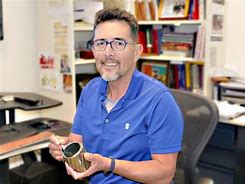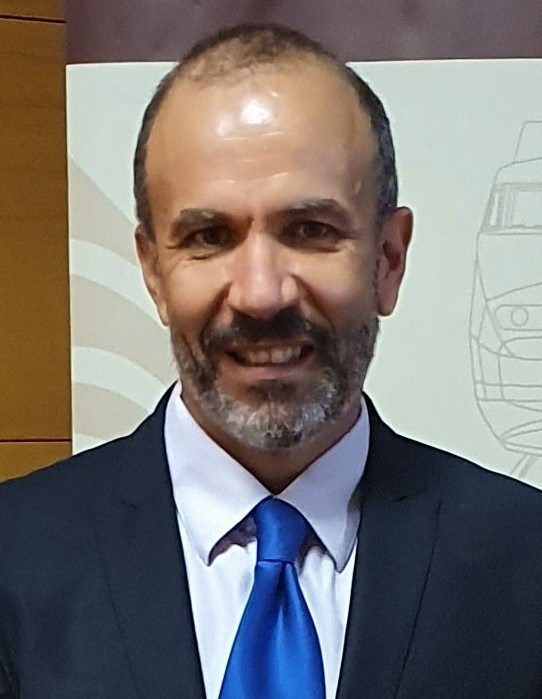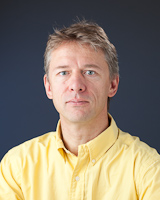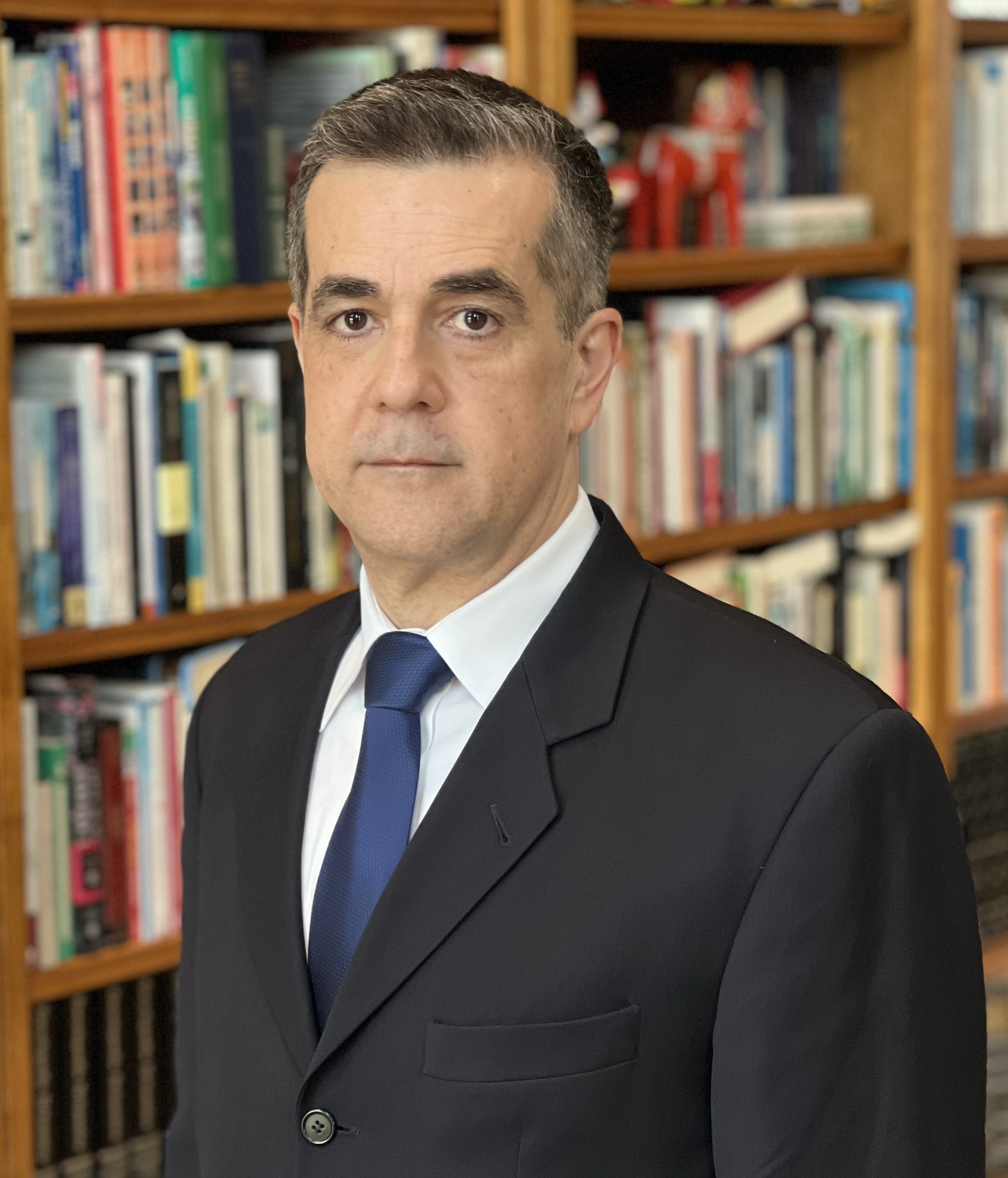-Yong Zhang, Shengu Group Co., Ltd.
-Yu Fang, Dongfang Turbine Co., Ltd.
-Yong-feng Sui, Hangzhou Steam Turbine Co., Ltd.
-Haibo Xu,Research Institute CNOOC
-Yue-ping Yu, Hefei General Machinery Research Institute Co., Ltd.
-Prof.Yu-yan Jiang, School of Mechanical Engineering and Vehichle Engineering,Beijing Institue of Technology
-Prof.Marco Astolfi,Energy Department of Politecnico di Milano
-Guang-ping Lu, Chengdu ChengfaKeneng Power Engineering Co.,Ltd.
-Yong-zhi Feng, Harbin Power Equipment National Engineering Research Center Co., Ltd.
-Jun-long Zhang, Xi'an Shaangu Power.Co.,Ltd.
-Yu Yang, Xi’an Thermal Power Research Institute Co., Ltd.
-Pu-ning Jiang, Shanghai Steam Turbine Co.,Ltd.
-Ze-ping Wang, Sinoseal Holding
-Hui Tang, Shanghai Suochen Info. Tech Co.,Ltd.
-Chun-yu Pan, Harbin Turbine Company Limited
-more ...










